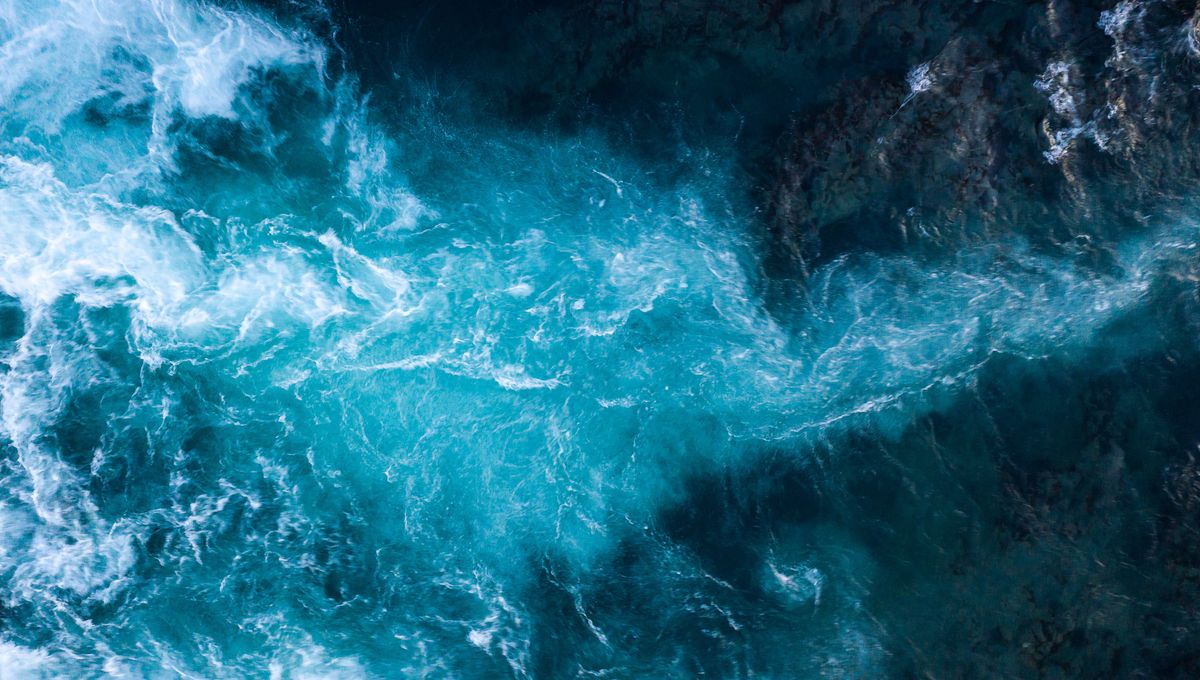
Almost 60,000 years ago, a massive underwater avalanche took place just off the coast of Northwest Africa. Initially, about 1.5 cubic kilometers (0.36 cubic miles) of sediments rolled down across the Agadir Canyon, one of the largest in the world. As this sediment rolled down across the 450 kilometers (280 miles) of the submarine canyon, it grew a hundred-fold eventually moving 162 cubic kilometers (38.9 cubic miles) of material. This was the Bed 5 event.
When it comes to submarine landslides, there have been bigger ones – the Storegga Slides, for example, shifted a total volume over 20 times that of the Bed 5 event. But something interesting about this particular submarine avalanche is that it moved it all in one go. While others might happen in stages or interconnected events, the Bed 5 event had all that mass in one go.
“The Bed 5 event was a submarine landslide that basically went from being a big coherent mass into a more dilute sediment flow that moved down through that canyon and then down through the submarine basins that were out from that canyon basically along the abyssal sea floor,” Dr James Hunt, a researcher at the National Oceanography Centre, UK, told IFLScience.
The event carved a path tens of meters deep and many kilometers wide, displacing more and more mass. The extreme erosion that led to the incredible bulking is just one of the many exciting research done on this landslide. It is also challenging how submarine landslides are expected to behave – like a turbulent liquid or like a mudslide of debris.
“In terms of how these landslides would end up depositing on the seafloor, there are two schools of thought: One, it deposits by fluid turbulence or second it is like debris flow. What we’ve actually seen here in Bed 5 is that these flows can transition between the two. When we look at fluid dynamics, but that fluid dynamic process is very fluid itself,” Dr Hunt explained to IFLScience.
Events such as Bed 5 don’t happen frequently – they are likely to happen once in a 50,000-year interval. They do not happen willy-nilly: they require sediment accumulation and researchers believe that it is in the periods between an ice age and the thawing of the planet that these happen.
The consequence of such an enormous landslide is likely to be a tsunami, but researchers are unsure of its magnitude. Crucial to modeling tsunami magnitude is the speed of the landslide, but also the volume of water moving. Something falling into the water, such as a landslide from a volcanic island into the ocean, might have a bigger consequence than a larger submarine landslide that is already under the waves.
“A landslide that goes from subaerial, like from a volcanic island, into the water generates a lot more momentum, a lot more power that displaces that water. A landside like Bed 5 is already. submarine so it just displaces the water in front of it rather than that replace its volume,” Dr Hunt told IFLScience.
There is a lot more to discover about these enormous events that took place under the ocean. While Bed 5 is a large event, submarine landslides of smaller dimensions do occur and it is important to understand them. In the last two decades alone, submarine telecommunication cables have become damaged from the effect of submarine landslides like those off the coast of Taiwan in 2006. Understanding Bed 5 and Storrega is not just about the planet’s extreme events. It is very much about what goes on today.
Source Link: Bed 5 Event: How A Marine Landslide Moved An Enormous 162 Cubic Kilometers Of Sediment